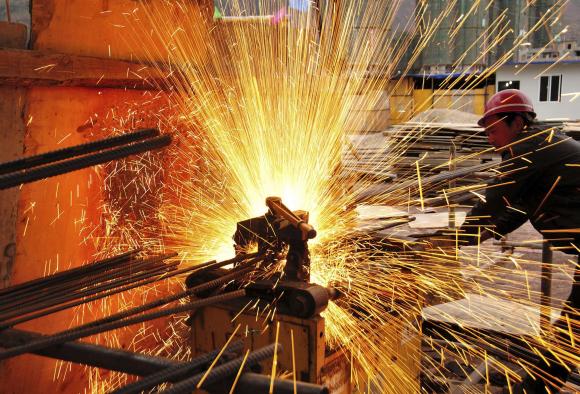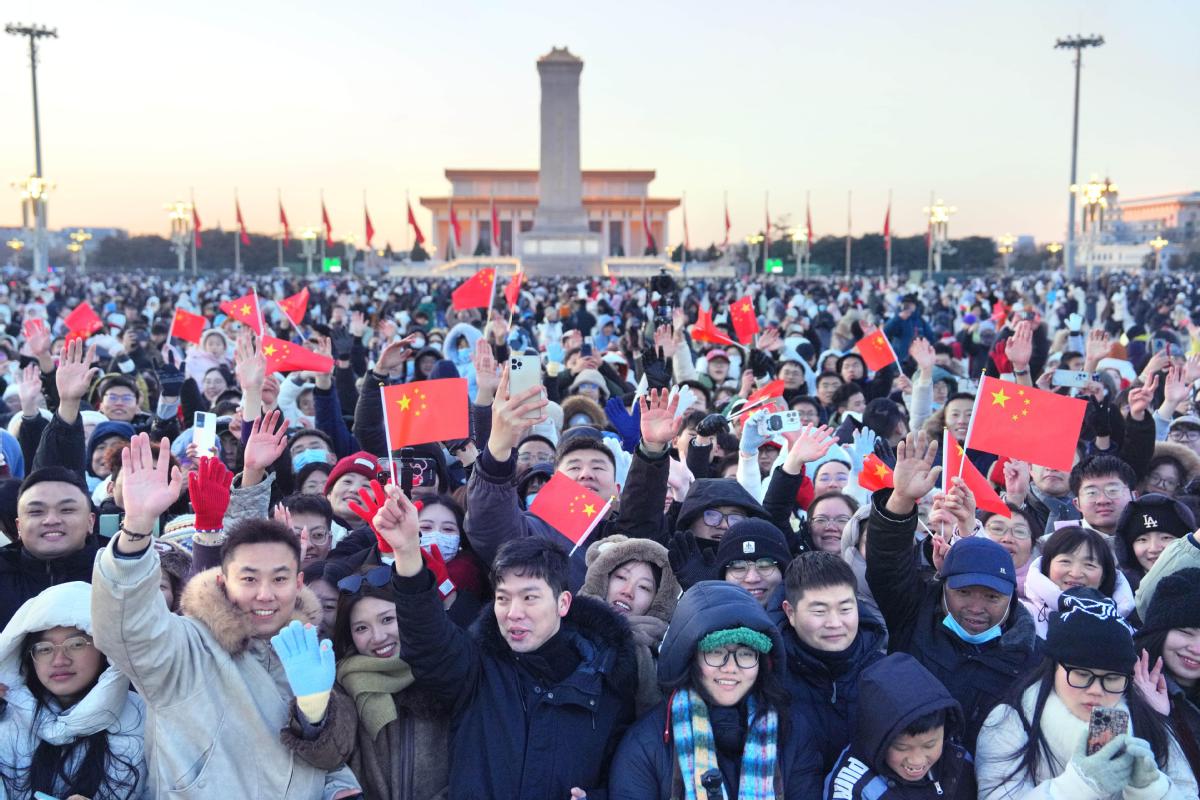Country on pace to hit GDP target

Some areas, including Tianjin, lagging because of debt burdens

Many eastern and central provinces had relatively stable economic growth in the first half of the year, while some regions struggled to find new growth drivers given their long-standing local government debt burdens.
A total of 11 municipalities and provinces - including Beijing, Shanghai and Sichuan province - saw faster economic growth than the national average over the period, according to the latest regional data.
The national economy in the January-June period grew by 6.7 percent year-on-year, with the full-year target set at 6.5 percent.
China's inland manufacturing and agricultural hub, Henan province, was the top performer with a first-half GDP output of 2.22 trillion yuan ($325 billion), up 7.8 percent year-on-year. Nevertheless, disparities remain in China's regional GDP figures.
Economic growth in eight provinces, regions and cities saw a slower half-year pace. Tianjin, for example, showed signs of a marked slowdown. The GDP growth rate in the municipality ranked at the bottom of 15 cities and provinces that published first-half economic data, with only 3.4 percent year-on-year growth, far weaker than the 9 percent annual growth rate seen recently.
Tianjin was once among the fastest-growing of all urban areas, but the local government later publicly acknowledged fabricating some data for 2017's economic performance. Much of the inaccurate data is associated with the development of the city's Binhai New Area.
The local government borrowed heavily to finance infrastructure and transportation projects, significantly raising its debt burden.
Earlier this year, Tianjin Municipal Development Co - a property firm backed by the government - defaulted on trust loans valued at 500 million yuan, the second default this year following a default of a company backed by the local government in Yunnan province.
"Slower growth in Tianjin reflects some embedded problems in the city's growth model as the city has long relied on investment. Heavy spending by the local government and big State-owned companies has raised concerns about their repayment capacity," said Yang Guoying, a researcher at China Financial Think Tank.
The local government is pinning its hopes on high-end manufacturing to help the city regain growth momentum and steer away from investment-led growth, according to Chu Liping, deputy head of the municipal statistics bureau.
In May, the government announced plans to set up a 10-billion-yuan fund to boost the sector and a 100-billion-yuan fund to support the artificial intelligence sector.
Yang Cheng contributed to this story.
- Interest in Turkiye soars among Chinese tourists after introduction of visa-free entry
- Yunnan e-bike fire probe identifies raft of failings
- Investigation report released on e-bike fire that killed 8 in Southwest China
- Understanding Xi's vision of China and the world through New Year message
- 'Artificial sun' experiment finds way to break plasma density limit
- China reports 20% rise in inter-regional trips on first day of holiday



































